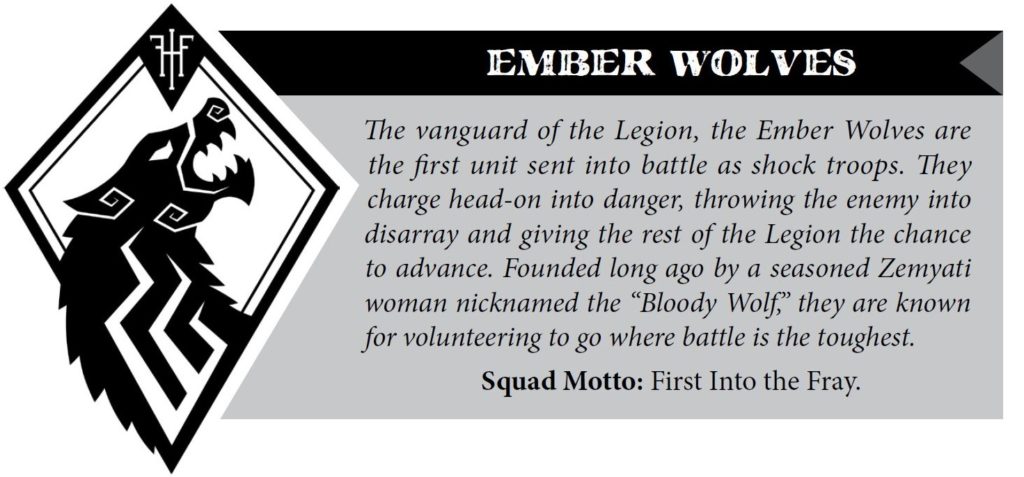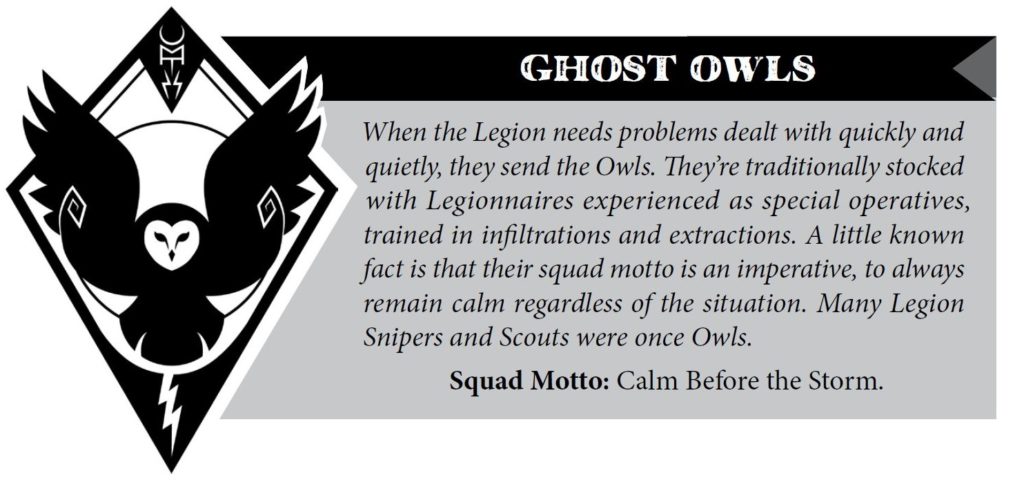Fictional Positioning when Forging in the Dark
There are two questions I commonly get about Forged in the Dark games:
- What is the essence of Forged in the Dark? What makes FitD games, FitD games?
- What do you do first when designing a hack?
I’ve heard a number of answers to the first (It has phases! Or … it mechanises the crew sheet!)… but you can disprove a number of those by playing the base game largely without (run a one-shot at a convention without a downtime phase, or without a crew sheet—I promise it can be done).
I’ll give you my opinion on the topic. The commonality of Forged in the Dark games to me is fictional positioning. Let me explain the jargon I’m using so we’re on the same page. A game that has fictional positioning mechanics written into the rules changes possible outcomes and what/how you roll based on what is happening in the game (in the fiction). The very core mechanic of Blades is the action roll, and it asks some basic questions. Is what you’re doing controlled, risky or desperate? How effective is your approach? Is it zero effect, or great? This to me is the heart of what makes FitD the thing that it is.
So what is the first thing we do when designing a hack? We write the world. There’s a reason why Blades is in Doskvol, and not in some generic fantasy setting. You have to establish the fiction and the stakes. We all understand (roughly) how dangerous something is in the real world. Is leaping from building to building controlled? Probably not. Though if you have a jetpack or are a superspy? Maybe. But there are questions that a setting has that can’t be answered so easily. How scary is a ghost? Is taking a swing at a ghost zero effect or no? We have no real world equivalent to judge by. We need that written down and established.
It’s common for other PbtA style games (and I’m speaking closer in design to core AW, rather than farther-down-the-tree siblings like Murderous Ghosts, or Blades itself) to start with a loose framework, and ask the table to fill in the blanks. For example “this game tries to emulate the nebulous ‘urban fantasy’ genre”. But what’s that like exactly? A move in Apocalypse World has some fictional position (harm has to be “as established” and you have to first “announce future badness” before it coming to pass) but its actual move design (when you do X, then do Y and generate outcome Z) doesn’t care about the difference between the types of leverage used to ‘manipulate an NPC’ per se. Knowing the outcome the move prescribes (they do something they think you want) is relatively easy to work back from.
Blades doesn’t work that way. If you say “X is risky” it’s hard to understand why it’s risky if the world isn’t established. Working back from an answer is much harder. You often are left feeling unmoored and afloat if you’re not establishing fiction first and then drawing the actions and consequences from it. I find it immensely harder to run and engage with.
So to answer the question of “how desperate is it to tangle with an undead” means you have to write a world at least detailed enough to answer that question.
Let’s look at a concrete example in Band of Blades.
The Legion comes with six squads. Each of them is described in the book, but let’s look at two in specific.


I’ve had numerous people say: “So they’re the same right? If one doesn’t get a bonus to rolls to do a thing, what’s the difference?” The difference is in the fictional position. Since in FitD games fiction is mechanics, by definition they have mechanical difference. Let me demonstrate.
A squad of rookies has to cross a clearing to get to cover. They know there are undead in the area watching, and they’ll likely be exposed. They both try to cross the clearing stealthily using scout—the stealth action. Assuming equal loadout and similar level of skill … I’d still likely make the call that for the Ghost Owls that’s controlled/standard whereas for the Ember Wolves it’s risky/standard. Why? Well the Owls are stealth experts. They’re trained in covert ops, and used to doing this sort of thing. They know how to use hand signals, and patiently wait for all-clears. The Wolves are shock troops, and vanguard soldiers. They’re used to dealing with problems head on, and don’t have as much training in the skills necessary here.
So what are the outcomes? The Owls might end up in a risky position on a full failure, or succeed at a cost (perhaps starting an Alerted clock for the undead, that has a few ticks as a minor consequence). The Wolves? Probably being spotted and the alarm raised (full on consequence), taking some harm as the undead open fire, or even getting to “cover” only to find that the enemy has moved one of it’s elite troops (surprise it’s a Horror) to intercept them (desperate position).
Though the rolls are the same (a set of scout dice) and the groups are similarly equipped, the outcomes are pretty different. This is why you don’t need to assign potency or bonus dice to everything in the game in order to differentiate it. Fictional positioning is often the most powerful tool you can utilize and leverage in FitD games.
So always consider it when playing. And write those settings first!
Till next time.

